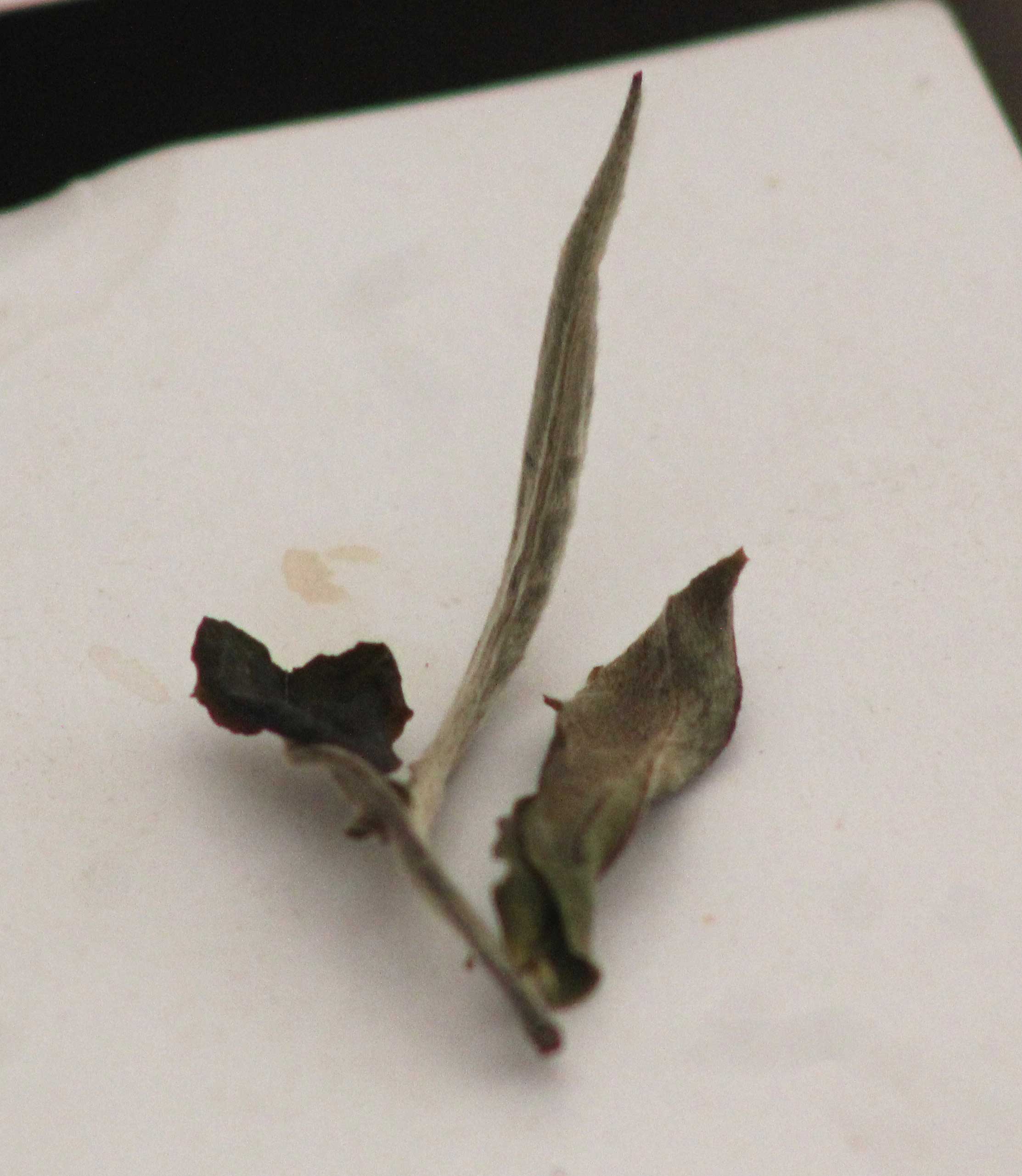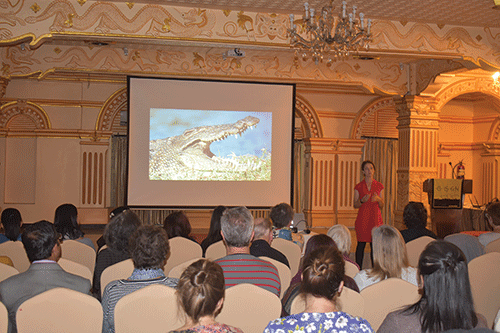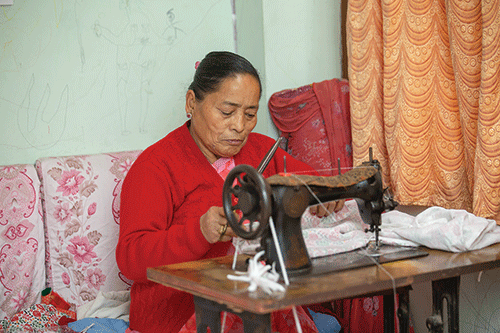Pravin Chitrakar has been in the handicraft business, or skill-based business since 1992. He is the Managing Director of Patan Handicrafts, a unique gallery hidden in the alleys of Mangal Bazaar, and he believes that no work is small. “I am actually a graduate in engineering. When I came back to Nepal from Visvesvaraya Regional College of Engineering, India (now the Visvesvaraya National Institute of Technology) I realized that I didn’t want to do this. Though I was soon going to be a graduate in engineering, I was still unsure of what I wanted to do in life,” he reminisces. “When I told everyone I was going to go ahead with the handicrafts business, everyone thought I was mad. People used to chide me saying that it was a small job. But, I used to fire back at them, saying that no job is small.”
“T he real test came when I bought a tractor full of bones for the artisans who worked with me, to work with. People thought I had definitely gone mad then,” he laughs. But the reality is right in front of us now. Those bones that people had laughed at have gone into becoming the most beautiful buttons and bowls and all kinds of other artifacts. “These artifacts are not handicrafts. I refuse to call them handicrafts. These are pieces of art work that have been made by the skilled hands and collaborative effort of the, now, 250 members in our team. By calling them handicrafts, I think we are diminishing their value,” he argues.
he real test came when I bought a tractor full of bones for the artisans who worked with me, to work with. People thought I had definitely gone mad then,” he laughs. But the reality is right in front of us now. Those bones that people had laughed at have gone into becoming the most beautiful buttons and bowls and all kinds of other artifacts. “These artifacts are not handicrafts. I refuse to call them handicrafts. These are pieces of art work that have been made by the skilled hands and collaborative effort of the, now, 250 members in our team. By calling them handicrafts, I think we are diminishing their value,” he argues.
He explains that when it comes to handicrafts, people have a pre-perceived notion that statues and thangkas are the only ‘handicraft’ items. He argues, however, that anything, from a simple button to a brooch, which requires the skill of an artisan’s hand, is a handicraft and an art item. “People may not know much about Patan Handicrafts. That’s because we haven’t focused on the retail selling of products. We’ll make anything and everything, from only one piece to thousands of pieces but each piece has to be valued by the person we’re making it for,” he says. Patan Handicrafts may not be famous in Kathmandu, but it’s playing quite a role in promoting the strength of Nepali artists’ skills in the international arena.
They are especially making a mark in the fashion industry by providing handmade customized buttons, belts, jewelry and other accessories including various knits and weaves, to some international brands in Netherland, Japan, New York and now even, Australia. Their products have seen the flashing lights of cameras on international fashion walks and have been incorporated into the collections of many global brands. “In Nepal, customizing artifacts is still not a fashion, so our products may not be valued much here. It’s starting slowly, and we’re waiting for it to start up, but for now our main focus is on promoting Nepali craftsmanship and showing everyone that our art work and craftsmanship is, if not better, then as good as even the Italians’.”
For him, all of this is an experience – an experience that he has gained because he has dared to take a risk in his life. He says he still has a lot to learn, but no matter what, he believes that the smallest of things matter and his pride on being a Nepali and being able to work with talented Nepali artisans shows through in his smile.
Some lesser-known vegetable dishes from the southern plains
I’m not a vegetarian but I love vegetables. And whenever I get to the southern plains of Nepal, I try...









